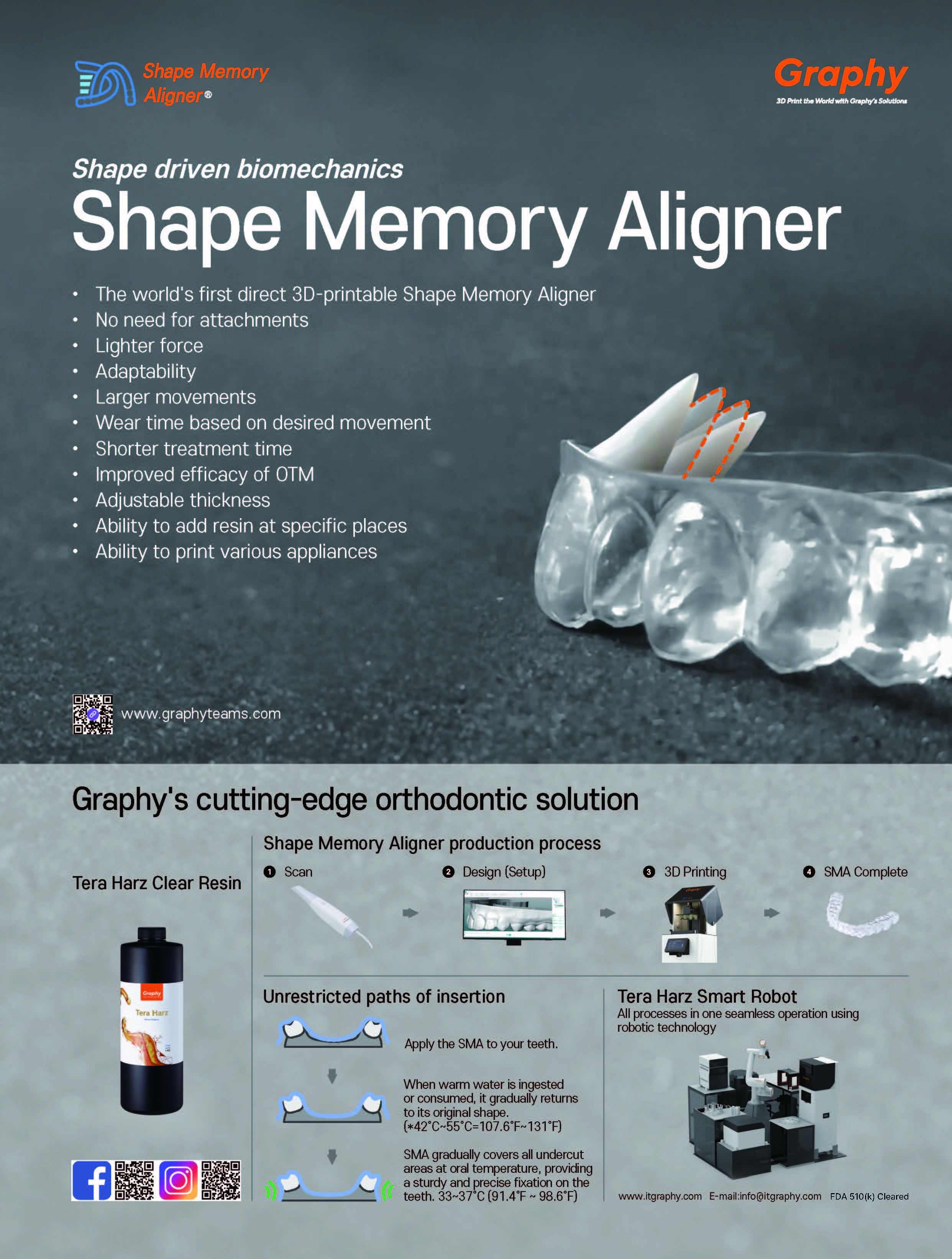Private equity (PE) refers to investment capital for companies that aren’t publicly traded on the stock market. The idea is to offer investors an alternative avenue to generate returns outside of traditional Wall Street businesses. Basically, PE firms buy and revamp companies to generate profits upon their resale. Since most orthodontic service organizations (OSOs) or corporations are eventually purchased by PE firms, it’s worth taking a closer look at the history of PE in health care and the growing concerns about its involvement in orthodontics.
PE firms began investing in health care in the mid-1990s by acquiring hospitals and nursing homes. These sectors were attractive due to their physical assets and steady income stream from third-party payers, rendering them somewhat recession-proof. For similar reasons, the dental sector also experienced early PE investment and office consolidation (referred to as “roll-up”), beginning with Aspen Dental, a dental service organization (DSO), in 1997.
Around this time, the first attempts at orthodontic consolidation were made by Orthodontic Centers of America (OCA), Apple Orthodontix, and OrthAlliance, without the backing of PE capital. OCA went public in 1994, bought out both competitors in 2001, and rapidly expanded, though it failed to reach market expectations. It soon faced hundreds of lawsuits by affiliate orthodontists, and by 2006, it had filed for bankruptcy. PE firms have only recently begun purchasing OSOs, with the first notable investment being the acquisition of Smile Doctors in 2015.
Multiple new OSOs have since emerged, significantly affecting the employment landscape. By 2023, some 14% of U.S. orthodontists were affiliated with corporations, up from 6% in 2018, while the percentage of orthodontist-owned practices had declined to 71%, down from 91% in 2014.1 Corporate orthodontics and thus PE involvement are undeniably growing. The question remains whether affiliate orthodontists truly understand what they are getting involved in.
PE firms raise capital from pension funds and wealthy individuals who become limited partners, although the majority of the dollars used to purchase shares in an OSO come from sizable bank loans. This provides enough funding to allow quick expansion. The PE firm makes money when it sells the OSO around five years later, typically to another PE firm. The profits are divided on the basis of a distribution waterfall, with affiliate orthodontists at the bottom.
Critics of PE argue that the model is financed on debt and predicated on fuzzy math. As a result, affiliate orthodontists are unlikely to cash out on the hefty stock options promised when they sold their practices, while the limited partners and executives get paid first regardless of how the company performs. Most important, there are worries that PE acquisitions will negatively affect patient care. A 2023 study published in JAMA found a 25% increase in adverse events in PE-owned hospitals.2 Orthodontic treatment may be more innocuous, but OSOs seem to encourage delegated care—such as clear aligner therapy and remote monitoring—once the original practice owner becomes disengaged and is replaced by a rotation of young associates.
In the past decade, PE has quietly taken over the orthodontic sector. Today’s PE-funded OSOs, unlike their predecessors, are touted as being doctor-focused and sustainable. Nevertheless, skeptics highlight the growing discontent among affiliate orthodontists and the numerous corporations grappling with substantial debt. One thing is clear: we have permitted the financialization of orthodontics by straying from our professional compass to one pointing the way to Easy Street.
NDK



COMMENTS
.